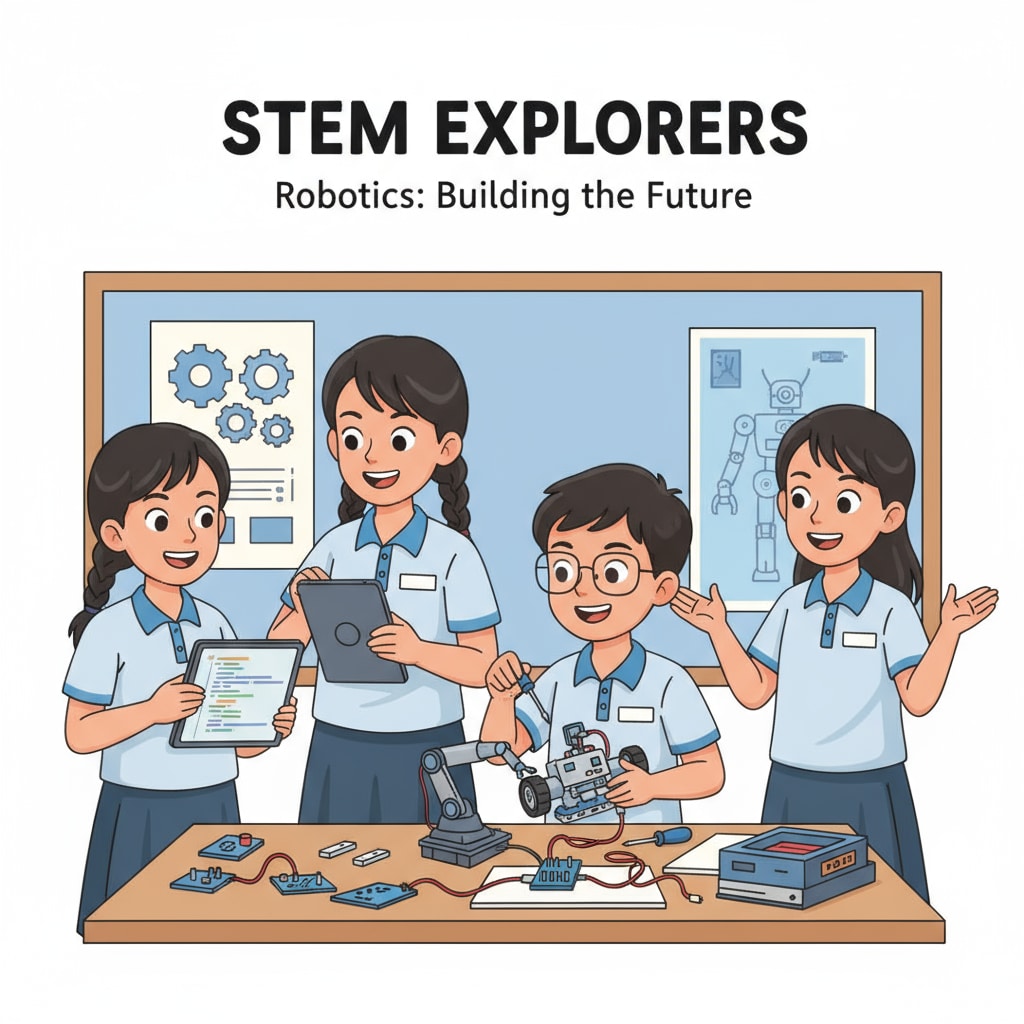Robotics, study abroad, and career planning are crucial aspects that Filipino K12 students grapple with when aiming for a future in the field of robotics. The journey towards a robotics education is filled with complexities and dilemmas that these students must navigate.
The Aspiration for Robotics Education
Robotics has emerged as an exciting and promising field, attracting many young minds in the Philippines. Students are drawn to the idea of creating intelligent machines that can perform various tasks, from assisting in industries to enhancing daily life. This aspiration drives them to seek out proper educational paths to gain the necessary skills and knowledge. For example, they envision developing robots that can streamline manufacturing processes, much like what is described in Robotics on Wikipedia.

The Local Education Resource Hurdle
However, one of the major challenges Filipino students face is the scarcity of local educational resources in robotics. Many schools in the Philippines lack the advanced facilities, qualified instructors, and updated curricula required for a comprehensive robotics education. As a result, students often find themselves limited in their learning opportunities. Without proper equipment and knowledgeable teachers, it becomes difficult for them to gain hands-on experience and in-depth understanding of robotics concepts.

Moreover, the lack of local resources can also impact students’ career planning. Without a solid foundation in robotics education at home, it becomes challenging for them to determine the right career path within the field. They may not be aware of the different specializations available or the skills needed to succeed in specific areas of robotics.
The Temptation and Burden of Studying Abroad
In addition to local resource constraints, studying abroad for a robotics education seems like an attractive option for many Filipino students. International institutions often offer state-of-the-art facilities, world-class faculty, and diverse research opportunities. Studying abroad can provide exposure to global perspectives and cutting-edge technologies in robotics, as explained in Robotics on Britannica.
However, the cost associated with studying abroad is a significant deterrent. Tuition fees, living expenses, and travel costs can be prohibitively high for many Filipino families. This financial burden forces students to carefully consider whether studying abroad is a viable option. It also adds an extra layer of complexity to their career planning, as they need to balance their educational aspirations with their financial capabilities.
Diversified Solutions for the Dilemma
Despite these challenges, there are several solutions that Filipino students can explore. Firstly, they can look for partnerships between local institutions and international universities. Some programs offer joint degrees or exchange opportunities that can provide a more affordable way to gain international exposure in robotics education. Secondly, students can take advantage of online learning platforms that offer high-quality robotics courses. These platforms can supplement their local education and allow them to learn at their own pace.
Another option is to get involved in local robotics clubs and competitions. These activities can help students gain practical experience, network with like-minded individuals, and showcase their skills. By actively participating in such events, they can enhance their chances of getting noticed by potential employers or furthering their education in the future.
Readability guidance: The article has used short paragraphs and lists to summarize key points. Each H2 section provides a clear focus. Passive voice and long sentences have been controlled, and transition words have been evenly distributed throughout the text to enhance readability.


